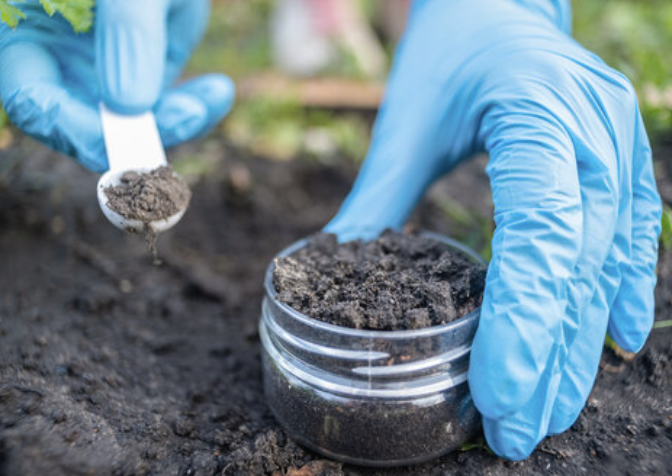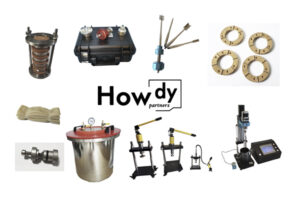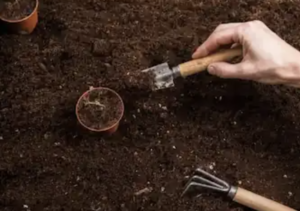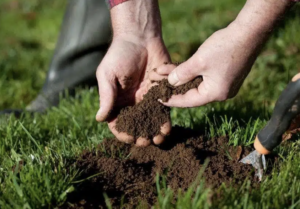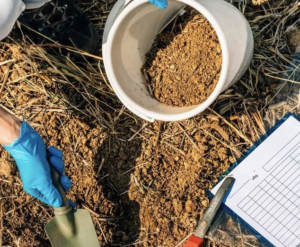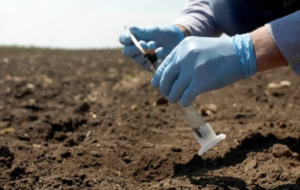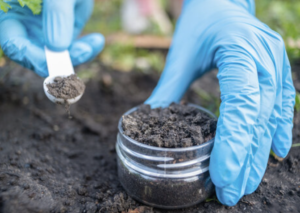How to Adjust Your Farming Practices Based on Soil Test Results
I treat a soil report like a map: it tells me where to invest, where to go easy, and what to fix first. Here’s my clear, field-ready workflow.
Decode the Numbers: From Lab Report to Field Map
Before changing anything, I translate the lab sheet into decisions I can act on.
My quick read order
- Texture & CEC1 (sand/loam/clay; CEC) → sets how much the soil can hold (nutrients & water).
- pH, EC/salts, SAR/ESP → chemistry health; fix these before fine-tuning fertilizer.
- OM% (organic matter) → resilience score; low OM means nutrients/water swing faster.
- Macros & secondaries (N, P, K, S, Ca, Mg) → yield drivers.
- Micros (Zn, B, Fe, Mn, Cu) → small amounts, big effects.
- Notes & buffer pH → how hard pH is to move.
Turn numbers into a map
- Grid/zone sample → import to a simple GIS/app → draw management zones (high/medium/low).
- Plan variable-rate2 where possible (lime, gypsum, P, K, N). It saves money and evens the crop.
Rule I live by: Fix pH/salt first, feed second. Feeding a broken chemistry is expensive.

pH & Salts: Correcting the Soil Chemistry First
pH playbook (general crops)
- pH 7.5 (alkaline/calcareous) → Don’t fight the parent lime; instead acidify the root zone (acidified fertigation, elemental S for localized effects), use EDDHA-Fe for iron, and choose tolerant varieties.
Salinity & sodicity (watch the trio: EC, SAR, ESP)
- EC (dS/m) > 4 → salinity stress. Improve drainage, schedule leaching (apply good-quality water with a leaching fraction), and avoid salt-heavy fertilizers.
- SAR > 13 or ESP > 15% → sodic structure collapse. Apply gypsum (CaSO₄·2H₂O)3 to replace Na⁺, then leach. Fix drainage first or you’ll just dissolve problems in place.
Tiny table I keep in my notebook
| Indicator | Threshold (typical) | First move |
|---|---|---|
| pH 7.5 | Alkaline | Acidify inputs; chelated Fe; crop choice |
| EC > 4 dS/m | Saline | Leach with good water; improve drainage |
| SAR > 13 / ESP > 15% | Sodic | Gypsum + leaching; subsoil drainage |
Caution: Lime, sulfur, and gypsum rates depend on soil texture and buffer pH—always follow local recommendations.
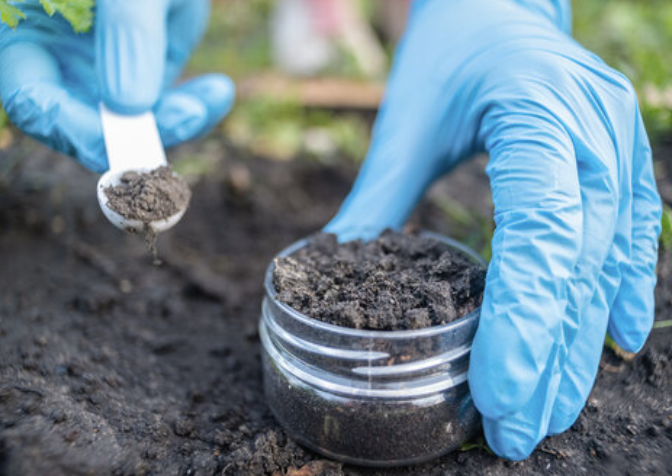
Nutrients & Organic Matter: Build Fertility with Precision
I separate build (raise soil levels) from feed (meet this season’s demand).
Phosphorus (P)
- Low P zone? Band P near the row (higher efficiency in cool soils).
- Build slowly with broadcast when budgets allow; avoid over-liming that ties P.
Potassium (K)
- On sands/low CEC: split K to avoid luxury uptake and leaching.
- On clays/high CEC: fall or pre-plant broadcast works; watch the Mg:K balance for structure and plant health.
Nitrogen (N)
- Base rate on yield goal + credits (legumes/manure/previous crop) and loss risk (texture, rain/irrigation).
- Prefer split applications4 (pre-plant + side-dress) and stabilizers where leaching/volatilization risk is high.
Sulfur, Calcium, Magnesium
- S often limits yield in low-OM soils—add as AMS (quick) or gypsum (dual benefit).
- Choose calcitic vs dolomitic lime based on Ca:Mg and compaction concerns.
Organic Matter (the reliability lever)5
- Add compost/manure (tested!), cover crops (legume + grass mix), and reduce aggressive tillage.
- Even a +0.5–1.0% OM gain stabilizes N & water supply and helps pH hold steady.
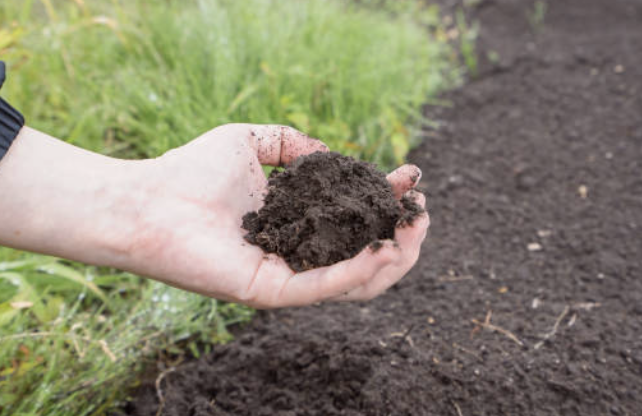
Water, Structure & Biology: Practices that Stick Through the Season
Chemistry feeds the plant; physics and biology keep it fed.
Water
- Use soil moisture sensors6 or feel-and-look with a shovel; irrigate to field capacity, stop before waterlogging.
- In salinity zones, include a leaching fraction (periodic deeper irrigations) if drainage exists.
Structure
- Diagnose compaction with a rod/penetrometer and a spade.
- Fix with controlled traffic, shallower passes, and deep-rooted covers (radish, rye). Subsoil only where you’ve solved the cause (traffic/wet tillage).
Biology
- Keep living roots most months; rotate crops to break pest cycles.
- Feed microbes with diverse residues7 and reduced disturbance.
- Be cautious with “magic” inoculants—OM, cover, and moisture move the dial further and cheaper.
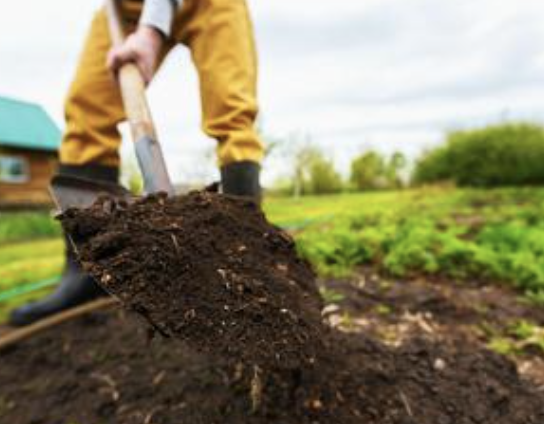
Quick Field Workflow I Actually Use
- Sample smart → zones, not just fields.
- Fix first → pH, salts, drainage.
- Fertility → variable-rate P/K; split N with stabilizers as needed.
- Resilience → cover crops, compost, gentle tillage, compaction control.
- Irrigation plan → sensors + leaching where salty.
- Re-test the same zones next season; adjust, don’t guess.
Mini action matrix
| Issue found | Practice change this season | Longer-term move |
|---|---|---|
| Low pH, low Ca | Precision lime (zone-rate); Ca source per test | Maintain with small doses; monitor buffer pH |
| High EC, high SAR | Gypsum + leach; avoid salty ferts | Drainage upgrade; salt-tolerant crops in worst zones |
| Low P/K | Band P; split K on sands | Build levels slowly with broadcast when prices favor |
| Low OM, compaction | Cover crop + shallow till; traffic lanes | Add compost; rotate deep-rooted covers; reduce passes |
| N losses (leaching) | Split N + inhibitor; time to rain/irrigation | Raise OM; tweak irrigation scheduling |
Final Note
Soil tests aren’t report cards—they’re recipes. Decode the chemistry, fix pH and salts first, feed with precision, and protect structure and biology so the gains last. Do that, and your fields get steadier, your inputs work harder, and your yields tell the story next harvest.
-
Understanding Texture & CEC is crucial for effective soil management, influencing nutrient and water retention. ↩
-
Exploring variable-rate application can enhance efficiency and yield, optimizing resource use in agriculture. ↩
-
Learn about gypsum’s role in improving soil structure and addressing sodicity issues for better crop yields. ↩
-
Exploring this link will provide insights into how split applications can enhance nutrient efficiency and crop yield. ↩
-
Understanding the role of organic matter can help improve soil health and boost agricultural productivity. ↩
-
Explore how soil moisture sensors can optimize irrigation, improve crop yields, and conserve water resources. ↩
-
Learn about the advantages of diverse residues in enhancing soil biology and fertility for sustainable farming. ↩

